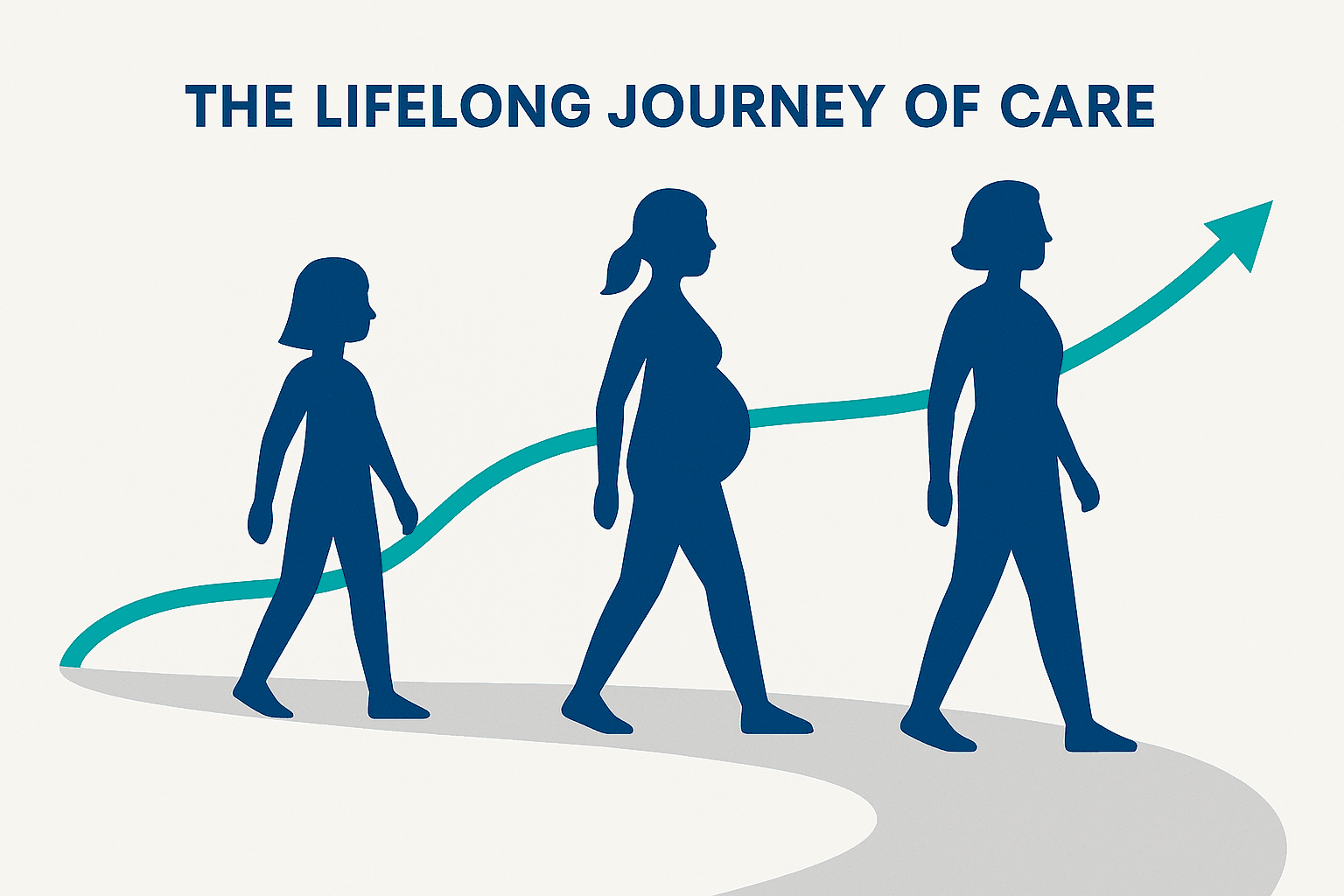Selling your Early Intervention practice in Orlando presents a significant opportunity. The demand for these critical services in Central Florida is strong, driven by supportive state-level programs and regional growth. Navigating this landscape to achieve the highest valuation for your life’s work requires careful preparation and market insight. This guide provides a clear overview of the market, valuation principles, and the steps involved in a successful transition.
Curious about what your practice might be worth in today’s market?
Orlando’s Favorable Market for Early Intervention Practices
The environment for selling an early intervention practice in Orlando is shaped by powerful forces at both the state and local levels. Understanding these dynamics is the first step in positioning your practice for a successful sale.
State-Level Support Fuels Demand
Florida has created a strong foundation for early intervention services. The state’s Early Steps program, governed by federal and state regulations, provides a structured system for serving infants and toddlers with developmental needs. Recent legislation expanding autism and early intervention services further signals a stable and growing demand. For practice owners, this means your services are not just valued, they are part of a supported public health initiative, which is an attractive feature for potential buyers.
Orlando’s Local Growth
While specific transaction data is not always public, the growth across Central Florida points to an expanding base of families needing care. The presence of robust programs within organizations like Orange County Public Schools confirms a sustained local need. Buyers, from larger healthcare groups to private equity firms, recognize this demographic trend. They see Orlando as a strategic location to enter or expand within the Florida market.
What Buyers Look for in an Orlando Practice
Beyond your financial statements, sophisticated buyers scrutinize the underlying strengths that ensure future success. When we prepare a practice for sale, we focus on highlighting these critical value drivers.
- Your Referral Network’s Strength. A diverse and loyal referral base from pediatricians, hospitals, and insurance providers is a valuable asset. It demonstrates market penetration and predictable revenue.
- The Quality of Your Team. A dedicated, qualified, and stable team of therapists and administrative staff is a huge selling point. Buyers are acquiring your team’s expertise and their relationships with patients.
- Your Operational Efficiency. Well-documented standard operating procedures (SOPs), efficient billing systems, and clear compliance with Florida’s Early Steps policies show a well-managed practice that can be transitioned smoothly.
- Your Growth Potential. Can your practice expand its services, increase patient capacity, or leverage telehealth more effectively? Clearly identifying these opportunities can significantly increase a buyer’s interest and offer.
Every practice sale has unique considerations that require personalized guidance.
Understanding Today’s Buyers and Market Timing
The market for early intervention practices is active, with interest coming from multiple directions. You might see experienced practitioners looking to own their first practice, large regional healthcare systems seeking to add a service line, or private equity firms looking for a strong platform in a growing market like Orlando. Each buyer has different goals. Some may want you to stay on and lead, while others may be looking for a turnkey operation. The key is finding the right fit for your personal and financial objectives. Many owners tell us, “I’m not thinking of selling for another 2 or 3 years.” That is the perfect time to start planning. Buyers pay for proven performance, not just potential. Preparing your practice now ensures that you can sell on your terms and timeline, not a buyer’s.
The Path to a Successful Sale
Selling a practice is a structured process, not a single event. While every deal is unique, the journey generally follows a few key phases. Managing this process correctly protects your confidentiality and your practice’s value.
Phase 1: Preparation and Valuation
This is the foundational stage. It involves a deep financial analysis to determine your practice’s true earning power (Adjusted EBITDA) and a realistic market valuation. It also means organizing your documents and crafting a compelling narrative about your practice’s strengths and growth opportunities.
Phase 2: Confidential Marketing
Your practice is not put on a public listing. Instead, a curated list of qualified, vetted buyers is confidentially approached. This protects your relationships with staff, patients, and referral sources while creating a competitive environment to drive interest.
Phase 3: Diligence and Negotiation
Once offers are received, you select a preferred partner. This kicks off the due diligence phase, where the buyer verifies all financial, operational, and legal aspects of your practice. This is often where deals face challenges. Strong preparation in Phase 1 makes this step much smoother.
The due diligence process is where many practice sales encounter unexpected challenges.
How Your Early Intervention Practice is Valued
A common mistake owners make is looking at their net income and thinking that is what their practice is worth. Sophisticated buyers use a different metric: Adjusted EBITDA (Earnings Before Interest, Taxes, Depreciation, and Amortization). This figure represents the true cash flow of the business. It is calculated by taking your net income and adding back non-cash expenses and owner-specific perks.
Here is a simplified example:
| Line Item | Amount | Explanation |
|---|---|---|
| Net Income | $300,000 | Your reported “profit.” |
| Add: Owner Salary | $100,000 | The portion of your salary above a fair market rate. |
| Add: Personal Auto/Travel | $25,000 | Expenses run through the business that a new owner would not have. |
| Add: Depreciation | $15,000 | A non-cash accounting expense. |
| Adjusted EBITDA | $440,000 | The baseline earnings used for valuation. |
Your practice’s value is then determined by multiplying this Adjusted EBITDA by a market-based multiple. This multiple is influenced by factors like your scale, staff stability, payer mix, and growth prospects. Getting this calculation right is the foundation of any successful sale.
A comprehensive valuation is the foundation of a successful practice transition strategy.
Planning for Life After the Sale
The transaction is not the end of the story. A successful deal includes a thoughtful plan for what comes next. Buyers will want to know how client and staff continuity will be ensured, and your role during a transition period will be a key point of negotiation. Will you stay on for six months, two years, or in a different capacity? Do you want a clean break or a continued stake in the future success through a strategic partnership? Thinking through these questions early helps us find a buyer whose vision aligns with your own personal goals. It ensures the legacy you built continues to thrive and that your team is in good hands.
Your legacy and staff deserve protection during the transition to new ownership.
Frequently Asked Questions
What is driving the demand for Early Intervention practices in Orlando, FL?
The demand for Early Intervention practices in Orlando is driven by supportive state-level programs like Florida’s Early Steps program, recent legislation expanding autism and early intervention services, and regional growth in Central Florida which increases the base of families needing care.
What key factors do buyers consider when purchasing an Early Intervention practice in Orlando?
Buyers look for a strong and diverse referral network, a qualified and stable team, operational efficiency with documented procedures and compliance, and clear growth potential through service expansion, increased capacity, or telehealth opportunities.
How is the value of an Early Intervention practice in Orlando typically determined?
Value is based on Adjusted EBITDA (Earnings Before Interest, Taxes, Depreciation, and Amortization), which reflects the true cash flow of the business. This figure is calculated by adjusting net income for non-cash expenses and owner-specific perks, then multiplied by a market-based multiple influenced by scale, staff stability, payer mix, and growth prospects.
What does the sale process for an Early Intervention practice in Orlando usually involve?
The sale process generally involves three phases: 1) Preparation and valuation including financial analysis and document organization, 2) Confidential marketing to qualified buyers to protect relationships while creating interest, and 3) Diligence and negotiation where the buyer verifies financial, operational, and legal aspects before finalizing the deal.
Why is it important to plan for life after selling an Early Intervention practice?
Planning for life after the sale ensures client and staff continuity, clarifies the seller’s role during transition, and helps align the buyer’s vision with the seller’s goals. This planning protects the legacy of the practice and ensures a smooth handover to new ownership.



